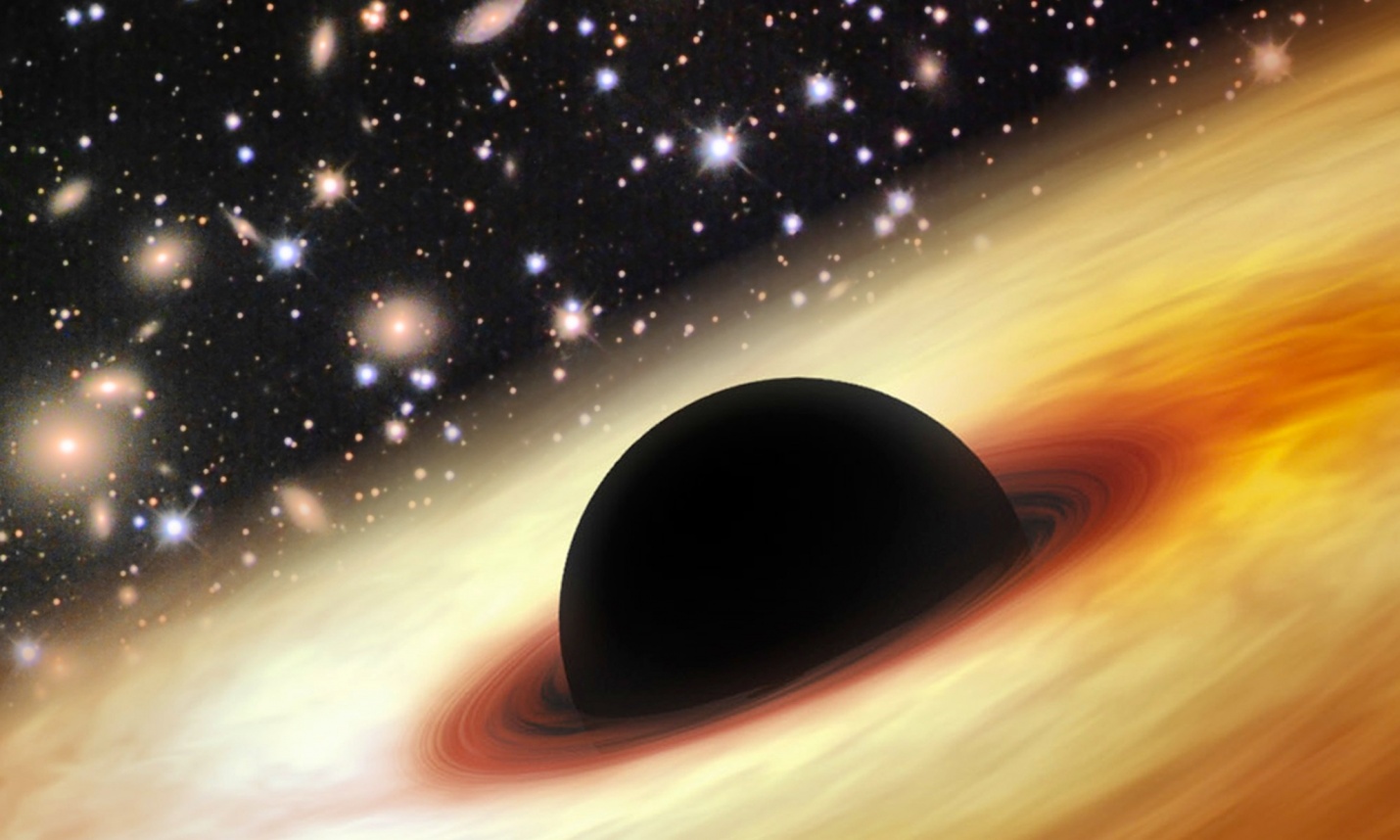Our Sun is a vast and powerful star, and it’s hard to imagine just how big it is. One way to put its size into perspective is to consider how many Earths could fit inside of it.
The Sun is the largest object in our solar system, and it is so big that over 1.3 million Earths could fit inside of it. This is a staggering number, and it helps to put into perspective the vast size and scale of the universe.
The Sun has a radius of about 696,000 kilometers, while Earth has a radius of about 6,371 kilometers. This means that the Sun is about 109 times wider than Earth. In terms of volume, the Sun is about 1.3 million times larger than Earth.
So, how many Earths could fit inside of the Sun? The answer is about 1.3 million. That’s a lot of Earths!
To put it another way, the Sun could swallow up 1.3 million Earths with room to spare. It’s truly a cosmic giant.
Here is a fun fact: If you were to line up 1.3 million Earths across the Sun’s surface, they would stretch for over 146 billion kilometers. That’s more than the distance from Earth to the Sun!
How many Earths can fit in the biggest sun in the universe?
The biggest sun in the universe that we know of is UY Scuti, a hypergiant star with a radius around 1,700 times larger than the radius of the Sun. This means that its volume is around 5 billion times larger than the Sun’s.
So, if we assume that the Earths can be packed tightly into UY Scuti, with no gaps in between, then we can calculate that approximately 5 billion Earths could fit inside of it.
This is a truly mind-boggling number, and it puts into perspective the vast scale of the universe. Our Sun is already a huge object, but UY Scuti is simply on another level.
It is important to note that this is just a theoretical calculation. In reality, it is unlikely that the Earths could be packed so tightly into UY Scuti. There would be some space between them, and they would also be compressed by the star’s gravity.
However, even if we account for these factors, it is still likely that billions of Earths could fit inside of UY Scuti.
Is there something bigger than the Sun in the universe?
Yes, there are many things in the universe that are bigger than the Sun. Here are a few examples:
Stars: There are many stars in the universe that are much bigger than the Sun. For example, the star UY Scuti is a red hypergiant star that is 1,700 times larger than the Sun in radius.
Galactic filaments: Galactic filaments are vast structures made up of clusters of galaxies. The largest known galactic filament is the Hercules-Corona Borealis Great Wall, which is 10 billion light-years across.
Superclusters: Superclusters are even larger structures than galactic filaments, and they contain billions or even trillions of galaxies. The largest known supercluster is the Laniakea Supercluster, which is 520 million light-years across.
Black holes: Black holes are regions of spacetime where gravity is so strong that nothing, not even light, can escape. The largest known black hole is TON 618, which has a mass of 66 billion times the mass of the Sun.
It is important to note that the universe is still being explored, and there may be even larger objects out there that we have not yet discovered.
How many Earths can fit in the Sun in scientific notation?
There are approximately 1.3 million Earths that can fit in the Sun. In scientific notation, this is 1.30 × 10⁶.
To calculate this, we can divide the volume of the Sun by the volume of the Earth. The volume of the Sun is 1.412 × 10¹⁸ km³, and the volume of the Earth is 1.083 × 10¹² km³. Dividing these two numbers gives us 1.30 × 10⁶.
This is a staggering number to think about, and it really puts the size of the Sun into perspective. The Sun is so massive that it makes up 99.86% of the mass of the entire solar system. The Earth, on the other hand, is just a tiny speck in comparison.
How big would the Earth be if the Sun was the size of a basketball?
If the Sun was the size of a basketball, the Earth would be about 2.2 millimeters in diameter. This is about the size of a tiny bead. The Earth would also be about 29 meters away from the Sun.
This is a huge difference from the actual scale of our solar system. The real Sun is about 1.4 million kilometers in diameter, and the real Earth is about 150 million kilometers away from the Sun.
Here is a table showing the sizes of the planets in our solar system if the Sun was the size of a basketball:
Planet Size Distance from the Sun
Mercury 0.86 millimeters 11 meters
Venus 2.1 millimeters 21 meters
Earth 2.2 millimeters 29 meters
Mars 1.2 millimeters 44 meters
Jupiter 2.5 centimeters 149 meters
Saturn 1.8 centimeters 235 meters
Uranus 1.1 centimeters 431 meters
Neptune 0.9 centimeters 594 meters
It is important to note that this is just a hypothetical scenario. If the Sun were actually the size of a basketball, our solar system would be very different. The Earth would be too cold to support life, and the other planets would also be much different.
How big is the Sun?
The Sun is about 864,938 miles (1.392 million kilometers) in diameter, which is about 109 times wider than Earth. It’s so big that about 1.3 million Earths could fit inside of it.
To put that in perspective, if the Sun were the size of a basketball, then Earth would be the size of a marble. The Sun is also so massive that it makes up about 99.8% of the mass of the entire solar system.
The Sun is a huge ball of plasma, which is a state of matter where the atoms are so hot that their electrons have been stripped away. This makes the plasma very electrically charged, and it is what gives the Sun its powerful magnetic field.
The Sun’s magnetic field is responsible for many of the phenomena that we see, such as solar flares, coronal mass ejections, and the sunspot cycle. It also plays a role in protecting Earth from harmful radiation from space.
The Sun is essential for life on Earth. It provides the energy that drives our planet’s climate and weather patterns. It also helps to produce the oxygen that we breathe and the food that we eat.
The Sun is an amazing star, and it is truly awe-inspiring to think about its size and power.
Conclusion
The Sun is a truly massive object, and it is difficult to comprehend its size and scale. However, by comparing the Sun to Earth, we can get a better understanding of its vastness. The fact that over 1.3 million Earths could fit inside of the Sun is a humbling reminder of the power and majesty of the universe.
References
- universetoday.com/how-many-earths-can-fit-in-the-sun/
- astro.page/how-many-earths-can-fit-in-the-sun-a-comprehensive-analysis/
- iflscience.com/how-many-earths-can-fit-inside-the-sun-64940
- cosmosmagazine.com/how-big-is-the-sun/






